Imagine walking into a beautifully designed living room, bathed in natural light. Vibrant indoor plants thrive in every corner, with their lush green leaves and delicate blooms. The air smells fresh and clean, filled with the subtle rustle of leaves moving gently in the breeze. As you inhale deeply, the pure, oxygen-rich air instantly revitalizes your senses, melting away the day's stress.
More than just decoration, plants offer a sanctuary, a place of inspiration, and a deep connection to nature—all within the comfort of your home.
Looking for a refreshing change to your home’s ambiance?
Indoor plants are an ideal way to enhance your space with beauty and vitality. Beyond their aesthetic appeal, they purify the air and bring nature into even the smallest urban apartments. However, like all living things, plants require care. Fortunately, many indoor plants are low-maintenance, needing just a bit of TLC to thrive.
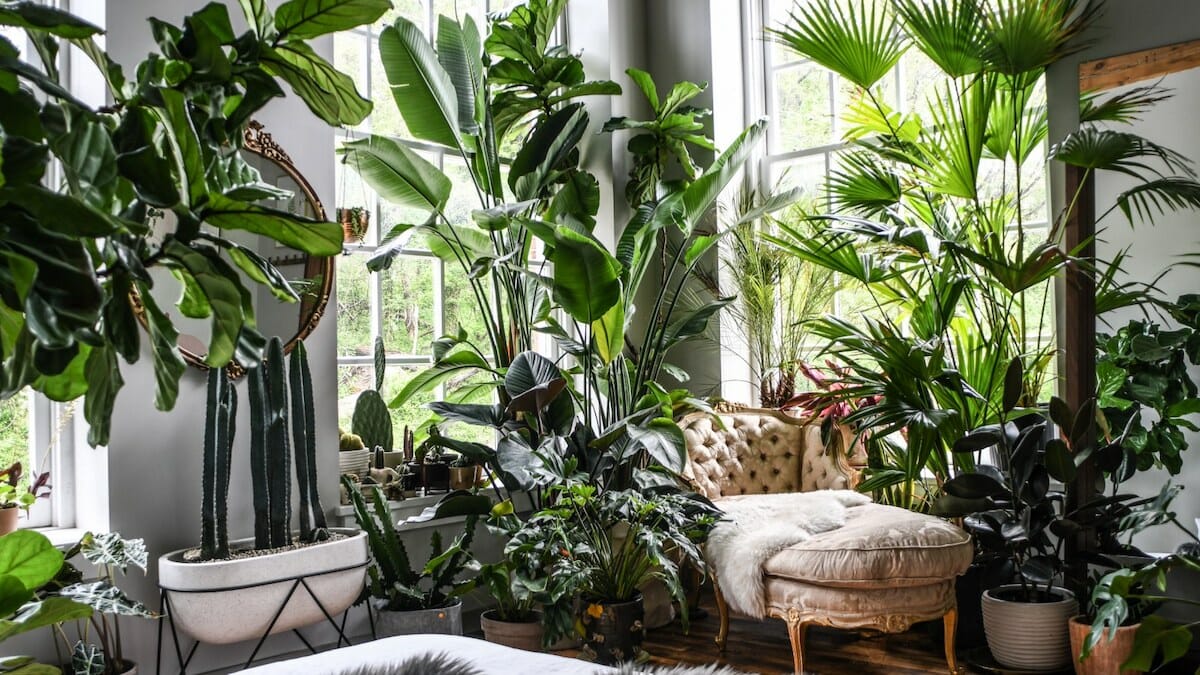
Why Indoor Plants Matter?
Indoor plants offer more than just aesthetic benefits. They have the power to transform our living spaces and improve our well-being in numerous ways. Let’s explore the multiple benefits of incorporating plants into your home.
1. Improved Air Quality
One of the most significant advantages of indoor plants is their ability to purify the air. Plants act as natural air filters, absorbing toxins like formaldehyde, benzene, and carbon monoxide while releasing fresh oxygen. This process results in cleaner, healthier air inside your home, making it especially valuable for urban living spaces where air quality may be compromised.
-
Natural Air Filters: Remove harmful chemicals and pollutants.
-
Boost Oxygen Levels: Increase fresh air circulation indoors.
-
Combat Indoor Toxins: Absorb harmful substances commonly found in furniture, cleaning supplies, and electronics.
2. Health & Wellness Benefits
Indoor plants don't just improve your physical environment—they contribute to your mental and emotional well-being as well. Research shows that being surrounded by greenery can:
-
Reduce Stress: The presence of plants helps to lower stress levels and promotes a calming effect.
-
Boost Mood: Exposure to plants has been linked to improved mood, reducing feelings of anxiety and depression.
-
Improve Physical Health: Plants can increase humidity levels, which may reduce the risk of respiratory illnesses.
3. Enhanced Productivity and Concentration
Want to be more productive at work or focus better while studying? Adding plants to your workspace may be the solution. Several studies suggest that the presence of greenery:
-
Boosts Focus: Having plants around can help increase your ability to concentrate.
-
Increases Creativity: Natural elements in the environment can inspire creative thinking.
-
Improves Cognitive Function: Environments enriched with plants encourage better performance and task engagement.
4. Aesthetic Appeal and Tranquillity
Indoor plants can elevate the aesthetic of any room. Whether you choose a statement plant for a corner or small succulents to add character to your desk, they contribute a natural, timeless beauty to your space.
-
Visual Appeal: Plants add life, color, and texture to your interiors.
-
Create Calm Spaces: Their presence creates serene, relaxing environments.
-
Versatile Decor: From hanging plants to large indoor trees, they fit seamlessly into any decor style.
5. Connection with Nature
For many of us, connecting with nature is a source of comfort and inspiration. Indoor plants allow you to bring that connection into your home. In today’s busy, technology-driven world, surrounding yourself with plants can:
-
Reduce Stress: A sense of calm and relaxation often accompanies nature’s presence.
-
Promote Happiness: Studies show that individuals exposed to nature are generally happier.
-
Foster Mindfulness: Caring for plants encourages mindfulness, offering moments of peace and reflection.
6. Vastu Benefits for Harmony and Prosperity
Indoor plants, according to Vastu Shastra (an ancient Indian practice of design and architecture), have specific benefits that promote well-being and balance in your home. Strategically placed plants can improve the energy flow in a space, contributing to a healthier, more prosperous life.
-
Positive Energy Flow: Plants are believed to attract positive vibes and dispel negativity.
-
Wealth and Prosperity: Certain plants, such as the money plant, are said to bring financial success.
-
Emotional Balance: Greenery is thought to enhance mental clarity and emotional stability.
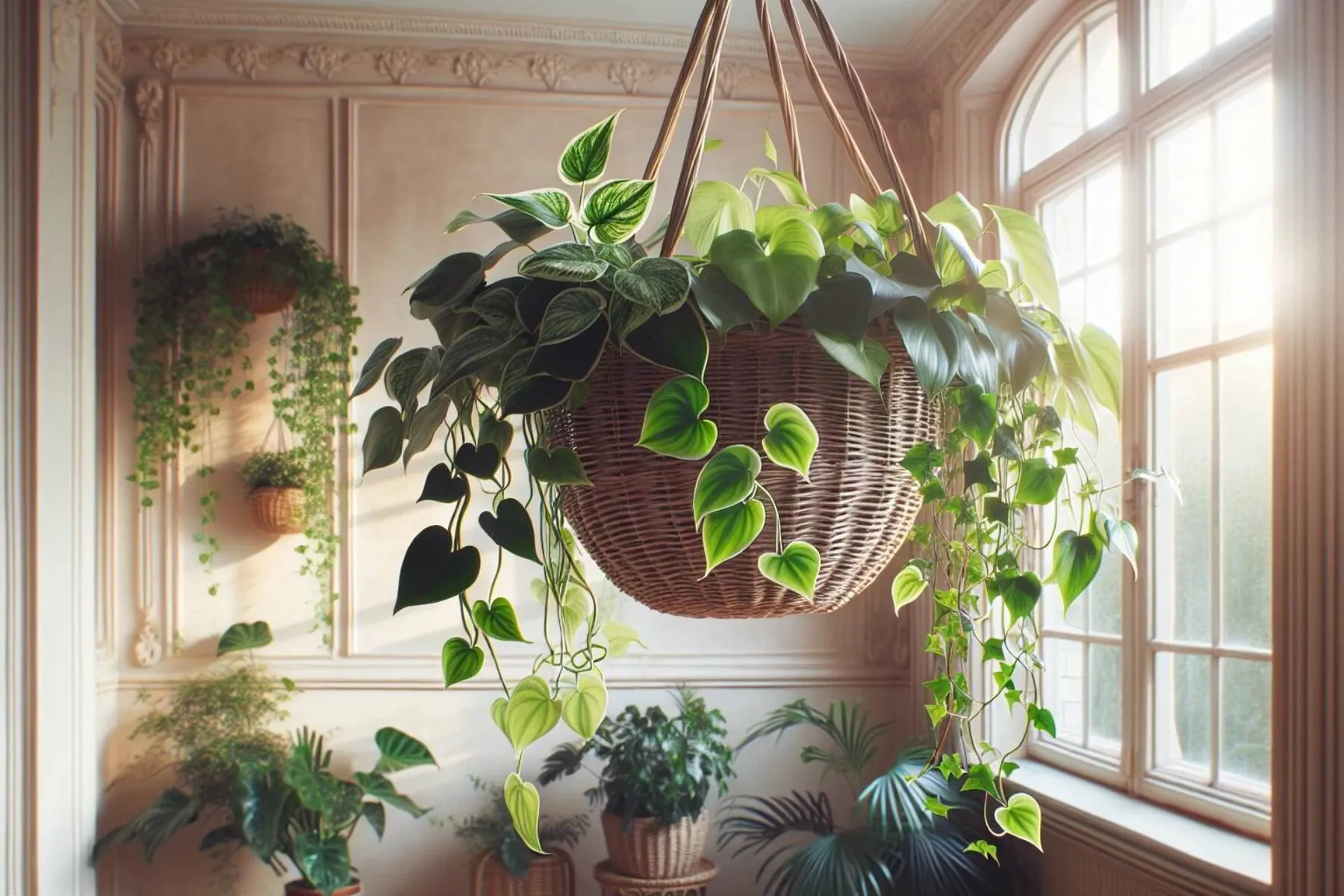
The Art of Plant Care
While many indoor plants are easy to maintain, they still need a bit of attention to grow healthy. Here are some simple care tips:
-
Lighting: Most indoor plants prefer indirect sunlight, but some thrive in low-light conditions.
-
Watering: Overwatering is a common mistake. Let the soil dry out between watering to prevent root rot.
-
Soil & Pots: Choose well-draining soil and pots with drainage holes to ensure healthy roots.
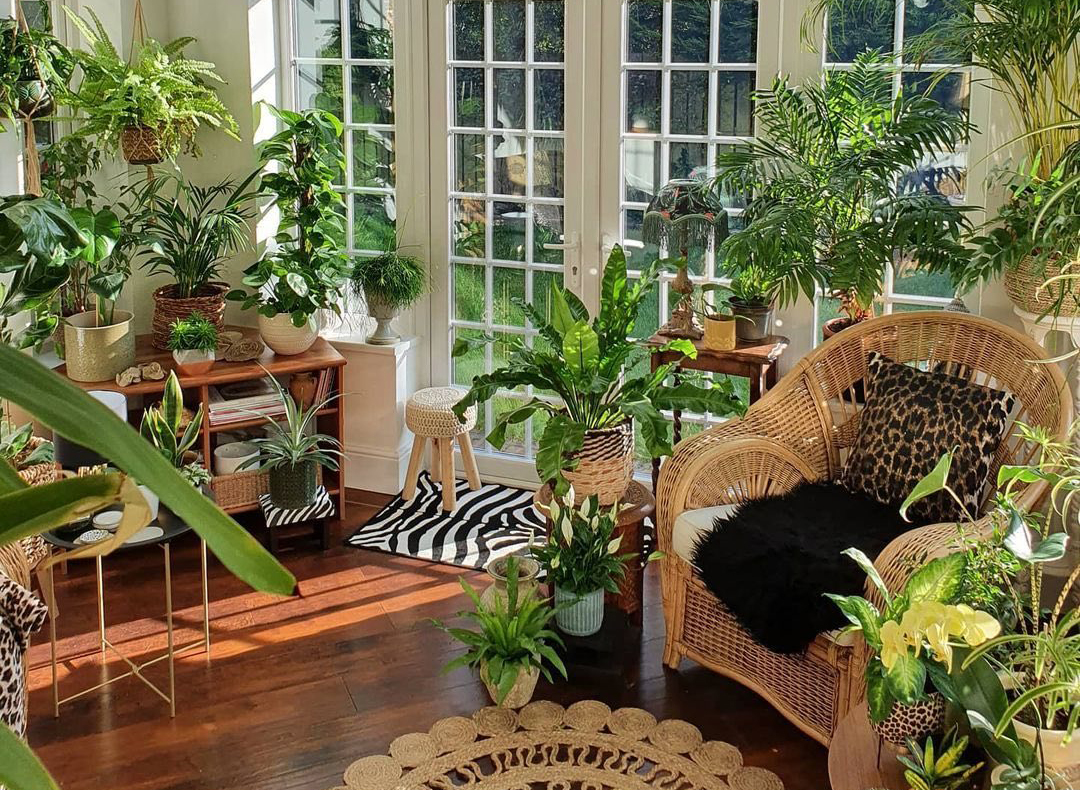
Best Indoor Plants for Indian Interiors
Indoor plants not only enhance the aesthetic appeal of a home but also offer health benefits by improving air quality and reducing stress levels. Whether you're a seasoned plant enthusiast or just beginning your plant journey, selecting the right indoor plants can bring a refreshing and natural touch to your living spaces. Here’s a list of the best indoor plants for Indian homes, focusing on easy maintenance and beautiful green additions that thrive in Indian climatic conditions.
1. Snake Plant (Mother-in-Law’s Tongue)
The Snake Plant, often referred to as Mother-in-Law’s Tongue, is a hardy and visually appealing plant known for its sword-like, upright leaves. This plant can thrive in low light and requires minimal care, making it a perfect fit for busy households or rooms with limited natural sunlight. Additionally, the Snake Plant is a powerful air purifier, capable of removing toxins like formaldehyde and benzene from the air.
Key Features:
-
Air Purifier: Absorbs harmful toxins and releases oxygen, improving indoor air quality.
-
Low Maintenance: Requires minimal watering and can thrive in poor soil conditions.
-
Versatile Placement: Suitable for bedrooms, bathrooms, or living rooms, where natural light is limited.
Care Tips for Snake Plant:
-
Soil: Thrives in well-draining soil.
-
Light: Tolerates both low and bright indirect light.
-
Water: Water sparingly; in summer, once every few weeks, and in winter, once every two months.
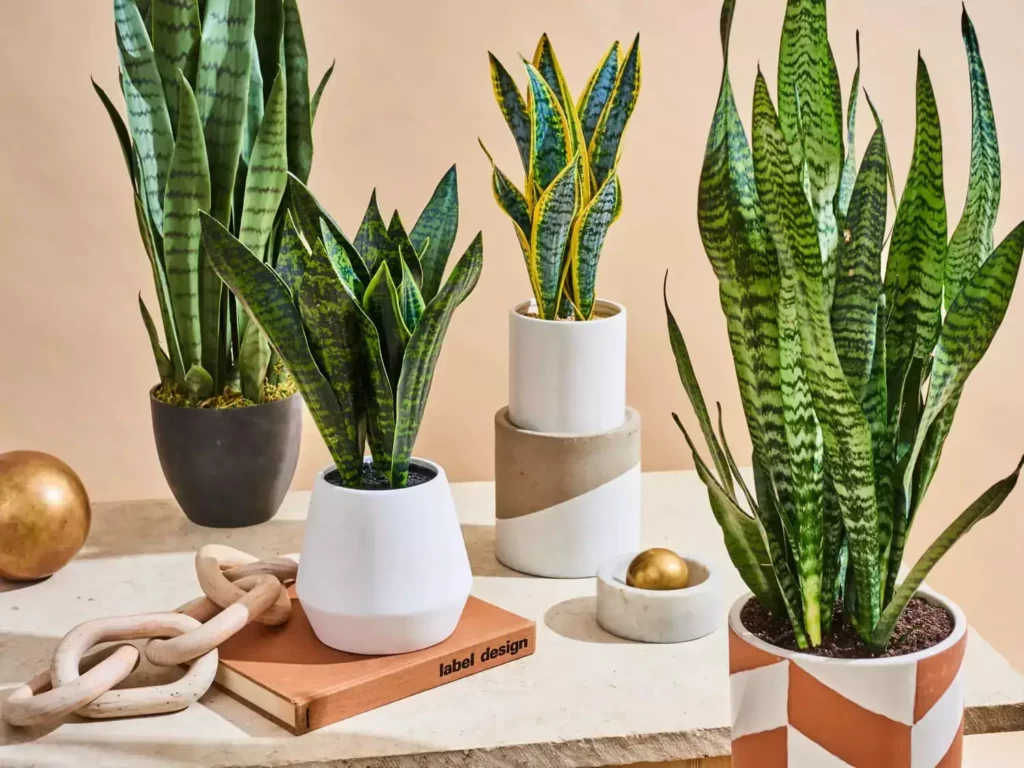
2. ZZ Plant
The ZZ Plant is celebrated for its ability to survive under neglect, making it a top choice for those with a busy lifestyle. Its glossy, dark green leaves add a touch of sophistication to any indoor space. While it prefers indirect light, it can also thrive in low-light areas, making it ideal for homes with limited natural light.
Key Features:
-
Beginner-Friendly: Requires minimal care and is resilient even if forgotten for weeks.
-
Stylish Look: Its shiny leaves add a polished touch to any space, from living rooms to office desks.
-
Tolerant: Thrives in low-light conditions and can handle varying temperatures.
Care Tips for ZZ Plant:
-
Soil: Well-draining soil is ideal.
-
Light: Best placed in low to indirect light areas.
-
Water: Water only when the top layer of soil dries out, roughly once every 2-3 weeks.
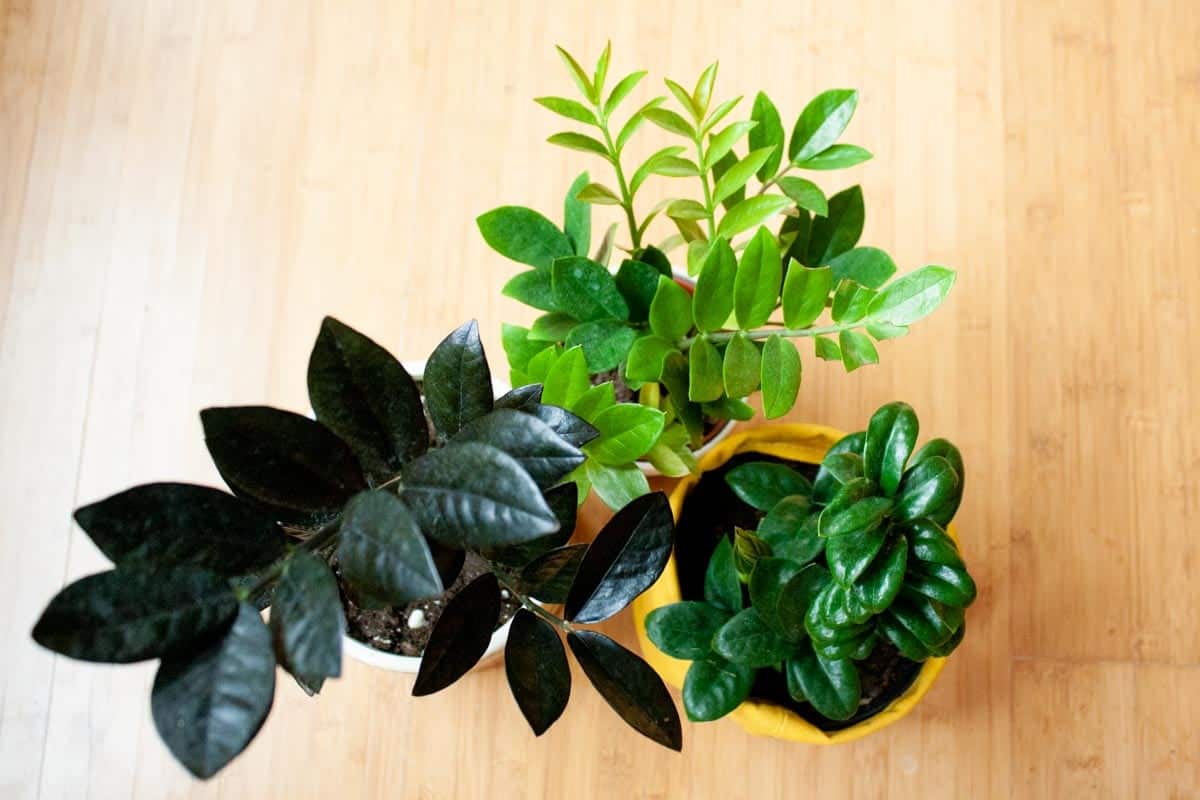
3. Peace Lily
Known for its lush, dark green leaves and elegant white blooms, the Peace Lily is more than just a pretty plant. It’s also a natural air purifier, absorbing common indoor toxins and pollutants. The Peace Lily thrives in low light conditions, making it a perfect fit for shaded corners of your home. It’s also associated with peace and purification, symbolizing harmony and tranquility in homes.
Key Features:
-
Air Purifier: Known for improving air quality by removing harmful toxins.
-
Low Light Thriving: Grows well in shaded areas and requires minimal sunlight.
-
Symbol of Peace: The perfect plant for creating a calming atmosphere in your home.
Care Tips for Peace Lily:
-
Soil: Prefers moist soil.
-
Light: Keep in a shaded spot with indirect light.
-
Water: Water only when the soil becomes dry, about once a week.
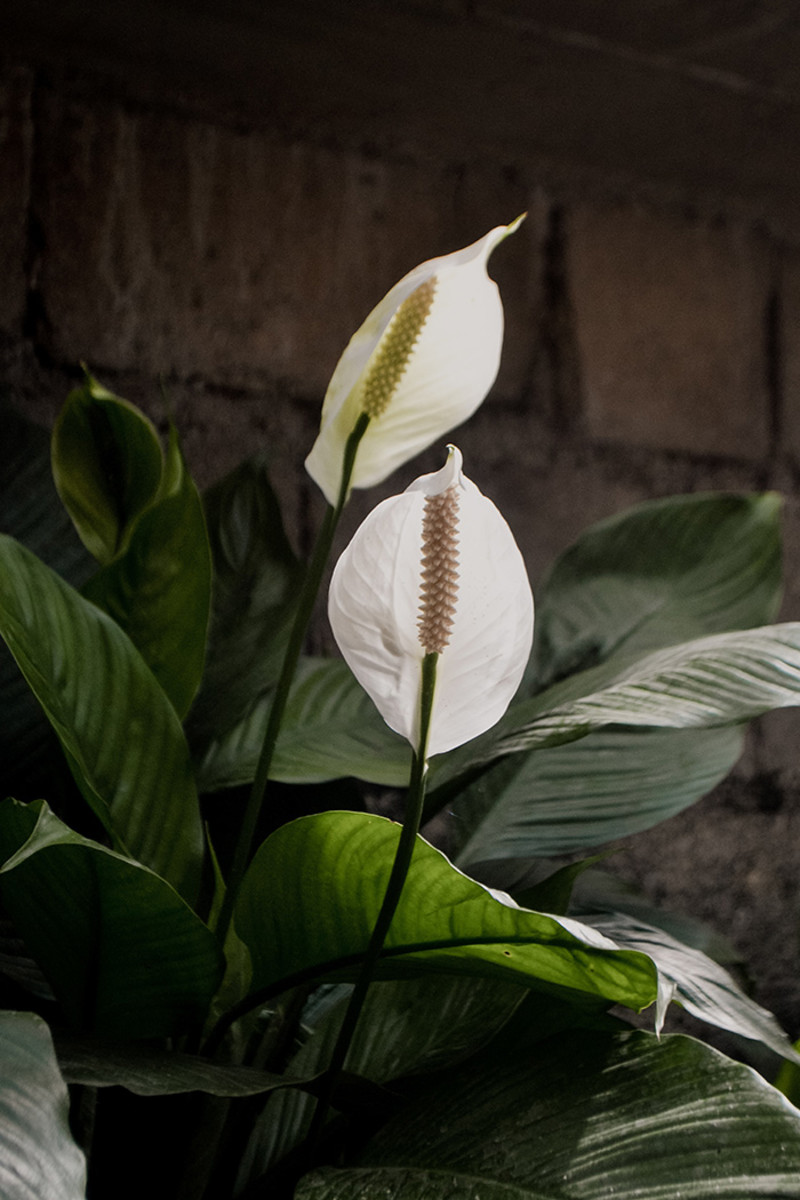
4. Pothos (Money Plant)
The Pothos, also known as the Money Plant or Devil’s Ivy, is a beloved indoor plant in India, known for bringing fortune and good luck according to Vastu Shastra. Its heart-shaped leaves and trailing vines make it a beautiful and versatile plant that can adorn walls, windows, or hang in baskets. Pothos can thrive in both bright and low light conditions, and is incredibly easy to maintain, making it an ideal choice for beginners.
Key Features:
-
Brings Good Fortune: Believed to bring prosperity and positive energy.
-
Low Maintenance: Tolerates low light and requires minimal care.
-
Versatile Growth: Can be hung, placed on shelves, or trained to climb trellises.
Care Tips for Pothos:
-
Soil: Requires well-draining soil.
-
Light: Thrives in low to medium light conditions.
-
Water: Water once a week or when the soil feels dry.
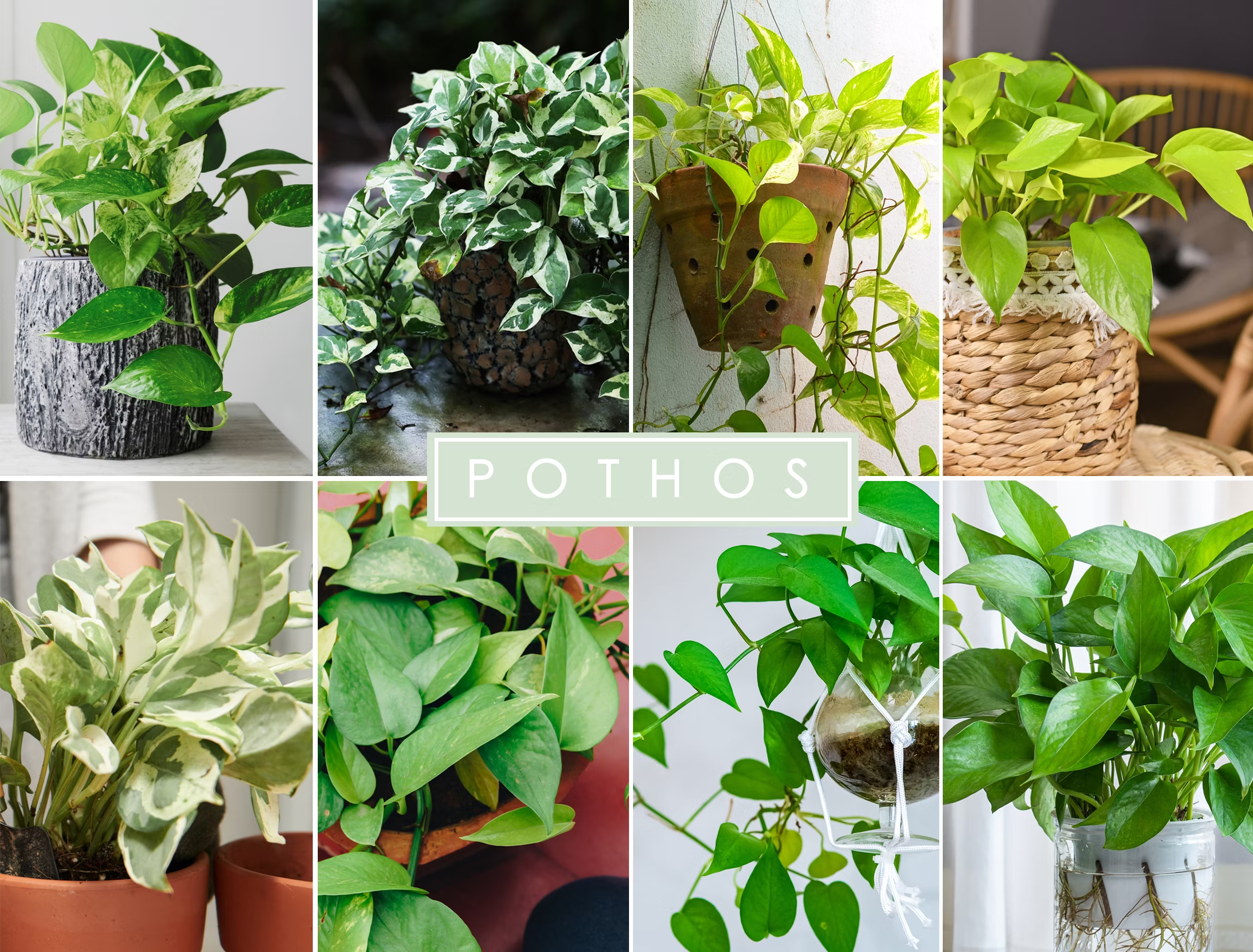
5. Spider Plant
The Spider Plant is a popular choice for improving indoor air quality and is known for producing ‘spiderettes’ or small offshoots that can be replanted. With long, arching green and white striped leaves, this plant adds a fresh, decorative touch to any room. Spider Plants are easy to care for and are especially suitable for offices or rooms with artificial lighting.
Key Features:
-
Air-Purifying: Known for its ability to remove pollutants from the air.
-
Pet-Friendly: Safe for homes with pets, as it is non-toxic.
-
Resilient: Thrives in both natural and artificial lighting.
Care Tips for Spider Plant:
-
Soil: Use a well-draining potting mix.
-
Light: Grows best in indirect light but can adapt to low-light environments.
-
Water: Water daily during summer; reduce watering during winter when the soil feels dry.
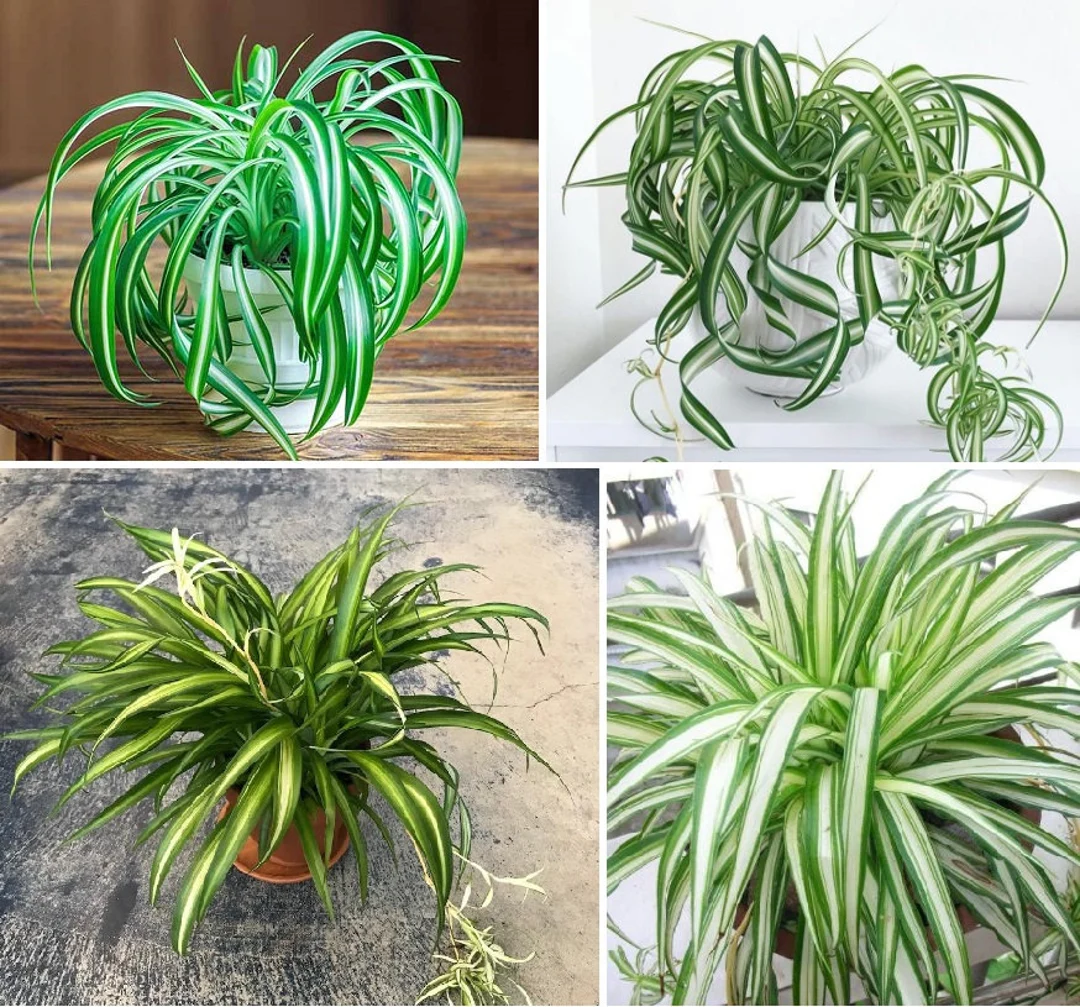
6. Areca Palm
The Areca Palm is a fantastic addition to Indian homes due to its non-toxic nature and its ability to filter harmful toxins from the air. With its thin, bright green fronds, the Areca Palm adds a lush, tropical feel to any space while being surprisingly low maintenance. It can grow up to 7 feet tall indoors, but the height can be controlled depending on the pot size. Outdoors, it can grow even taller, offering versatility for both indoor and garden settings. This plant is highly effective at breaking down carbon monoxide and chemicals found in household paints and fuels, making it an excellent air purifier that brightens up any corner of your home.
Key Features:
-
Tropical Aesthetic: Adds a tropical vibe to indoor spaces.
-
Air Purification: Removes toxins like carbon monoxide, improving indoor air quality.
-
Easy to Grow: Requires minimal maintenance and can thrive in low-light conditions.
Care Tips for Areca Palm:
-
Soil: Use acidic, well-draining soil, possibly mixed with builder’s sand to prevent it from becoming too compact.
-
Light: Prefers indirect sunlight or low-light conditions.
-
Water: Avoid water accumulation, as it can lead to root rot. Use clean, drinkable water to prevent leaf freckles.
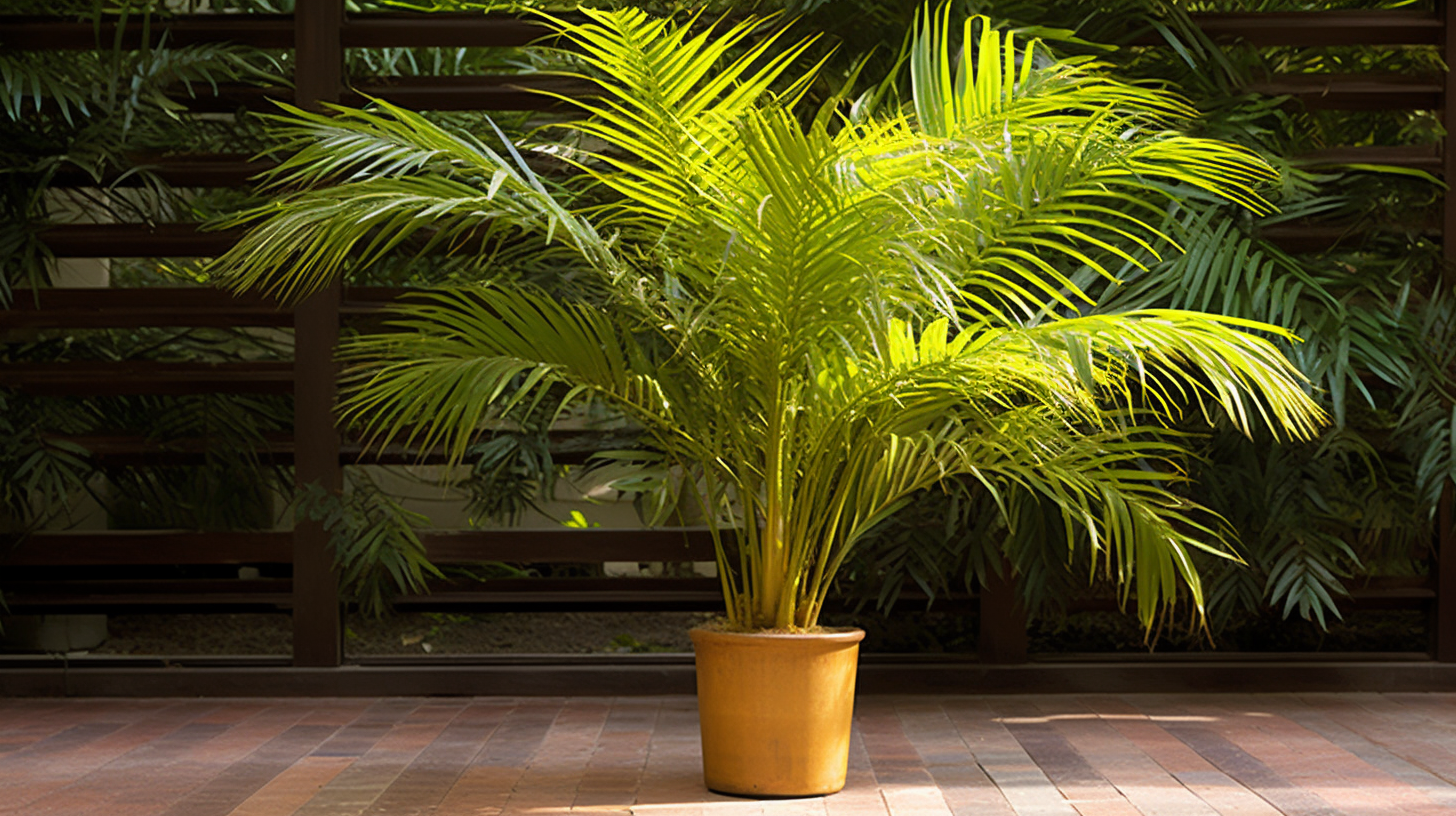
7. Ferns
Ferns are a perfect choice for those looking to make a visual impact with minimal effort. Their fresh, vibrant fronds often grow beyond the edges of their pots, giving a verdant, full appearance. Ferns are not only visually appealing but also excellent at purifying indoor air. Their adaptability to different lighting conditions makes them ideal for various home settings. Whether in a dimly lit corner or a well-lit room, ferns bring a touch of serenity and lushness to the home environment.
Key Features:
-
Elegant Appearance: The lush and graceful foliage adds a sophisticated touch to any room.
-
Air Purification: Helps cleanse the air by removing indoor toxins.
-
Low Maintenance: Adaptable to various lighting conditions, making it suitable for different home setups.
Care Tips for Ferns:
-
Soil: Choose soil rich in organic matter to maintain moisture.
-
Light: Thrives in low light with occasional partial sunlight.
-
Water: Moderate watering is essential—not too much, not too little.
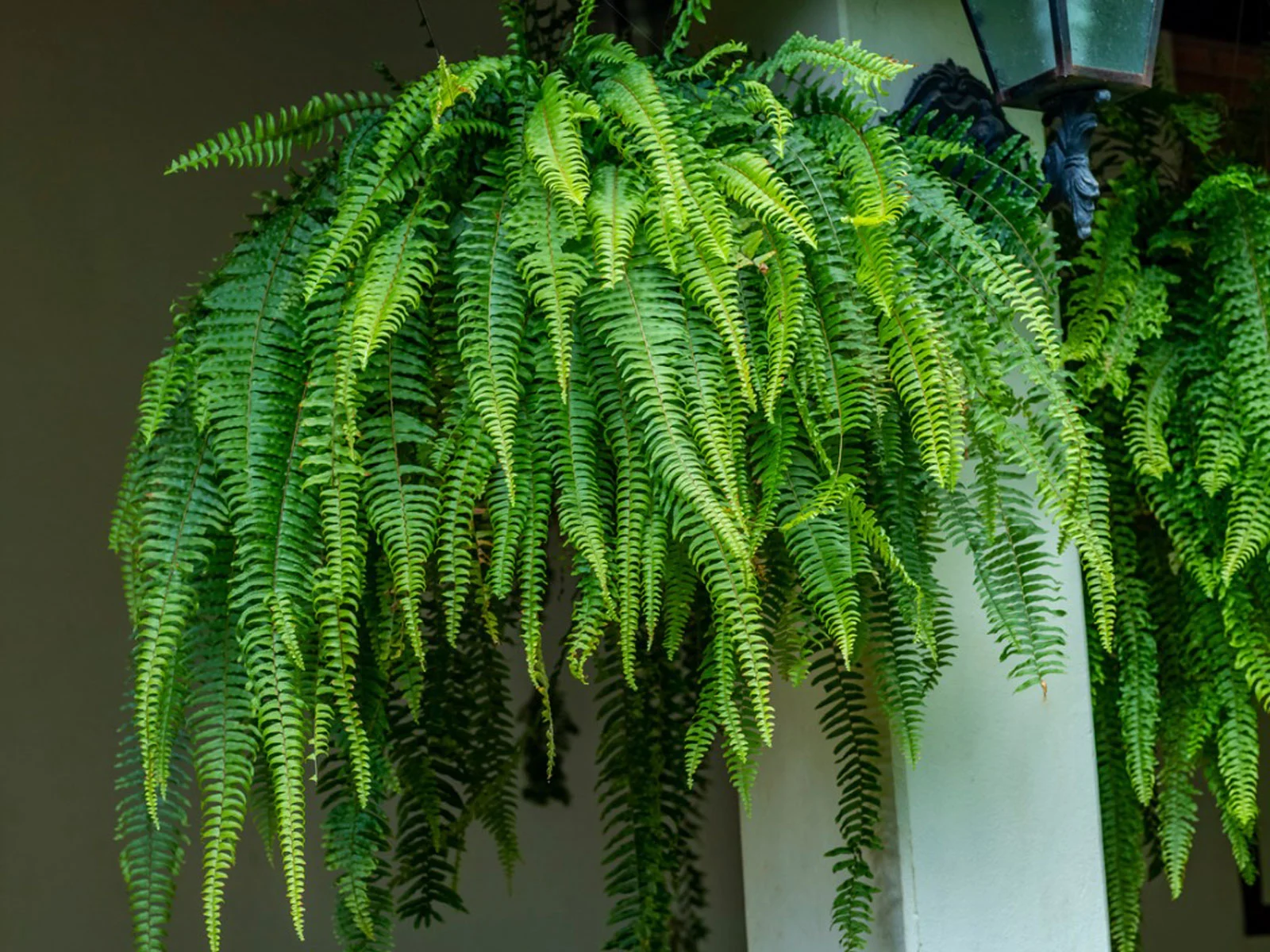
8. Monstera Deliciosa
The Monstera Deliciosa, often referred to as Monstera, is an eye-catching plant that thrives in warm and humid environments, making it ideal for Indian homes. Known for its large, perforated leaves, the Monstera adds a bold, tropical look to any room. Though it can grow to impressive sizes, its growth can easily be managed with smaller pots. The plant requires little water and prefers indirect sunlight, making it suitable for filling up dull, quiet corners. Its large leaves also help purify the air by trapping dust, which can be wiped off periodically to reveal their natural sheen.
Key Features:
-
Bold, Tropical Appearance: Its large leaves make a striking visual statement.
-
Air Purification: Traps and removes dust and other pollutants from the air.
-
Low Water Needs: Requires minimal watering, thriving even in low-light areas.
Care Tips for Monstera Deliciosa:
-
Light: Thrives in indirect sunlight but can tolerate low-light conditions, although growth may be slower.
-
Water: Use well-draining soil and a porous pot to prevent waterlogging.
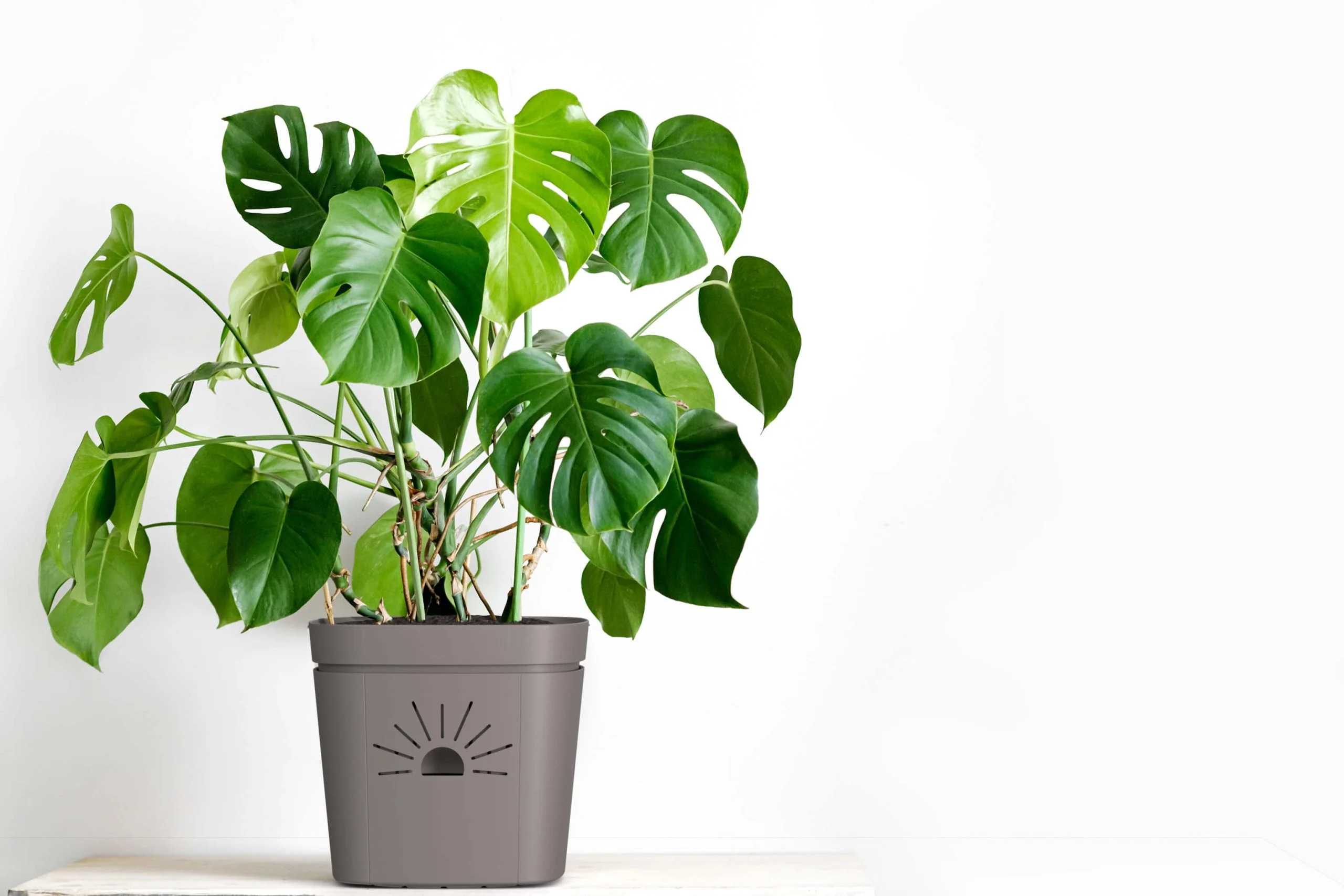
9. Anthurium
Anthurium, or the Lily plant, is known for its unique veined flowers that come in a variety of colors. This versatile indoor plant is highly effective at absorbing harmful chemicals like xylene and ammonia from the air, making it both beautiful and functional. Its striking flowers, usually in shades of red, make it a popular choice for adding a splash of color to homes, particularly those with Indian or Bohemian decor themes.
Key Features:
-
Unique Appearance: Bright, veined flowers that enhance any space.
-
Air Purification: Absorbs harmful chemicals like xylene and ammonia.
-
Versatile Decor: Ideal for rustic or Indian-themed interiors.
Care Tips for Anthurium:
-
Soil: Choose soil with high organic content for healthy growth.
-
Light: Requires lower sunlight compared to other common houseplants.
-
Water: In dry weather, water every 2 days; in humid climates, once a week suffices.
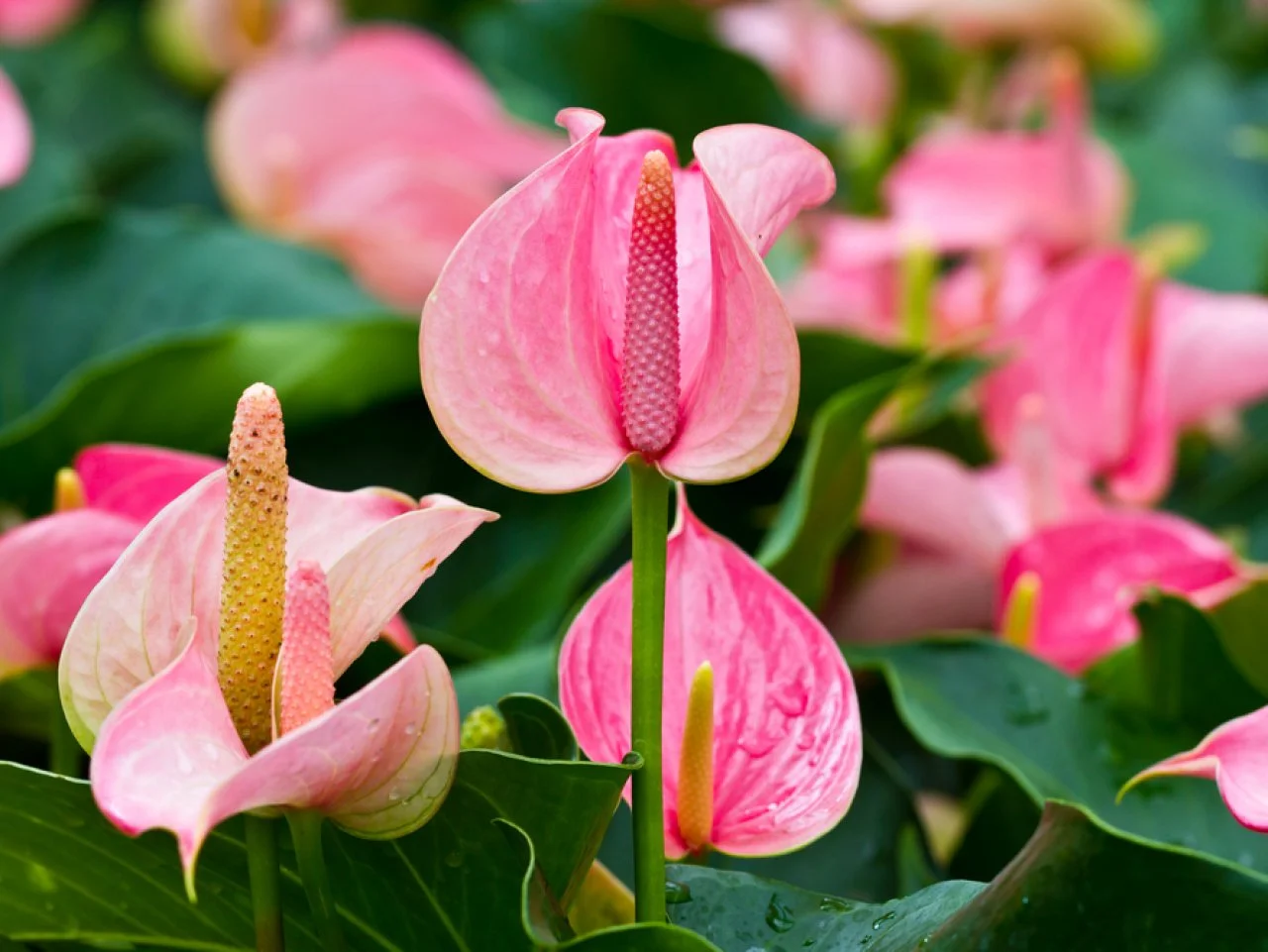
10. Aloe Vera
Aloe Vera is not only valued for its medicinal properties but also as a great addition to indoor decor. It thrives in bright, indirect light and requires minimal watering, making it one of the easiest plants to care for. Aloe Vera is known for absorbing toxins from the air, particularly those found in cleaning products, fuel, and paints. Additionally, it has numerous health benefits, including its use in skin care and healing products.
Key Features:
-
Medicinal Uses: Known for its healing and skin-nourishing properties.
-
Air Purification: Absorbs toxins commonly found in household products.
-
Low Maintenance: Requires minimal water and sunlight, perfect for busy homes.
Care Tips for Aloe Vera:
-
Soil: Use a cactus or succulent soil mix for optimal drainage. Terracotta pots are ideal for this plant.
-
Light: Place the plant under bright, indirect sunlight for the best results.
-
Water: Water sparingly, similar to cacti—once every 3 days in summer, and less frequently in winter.
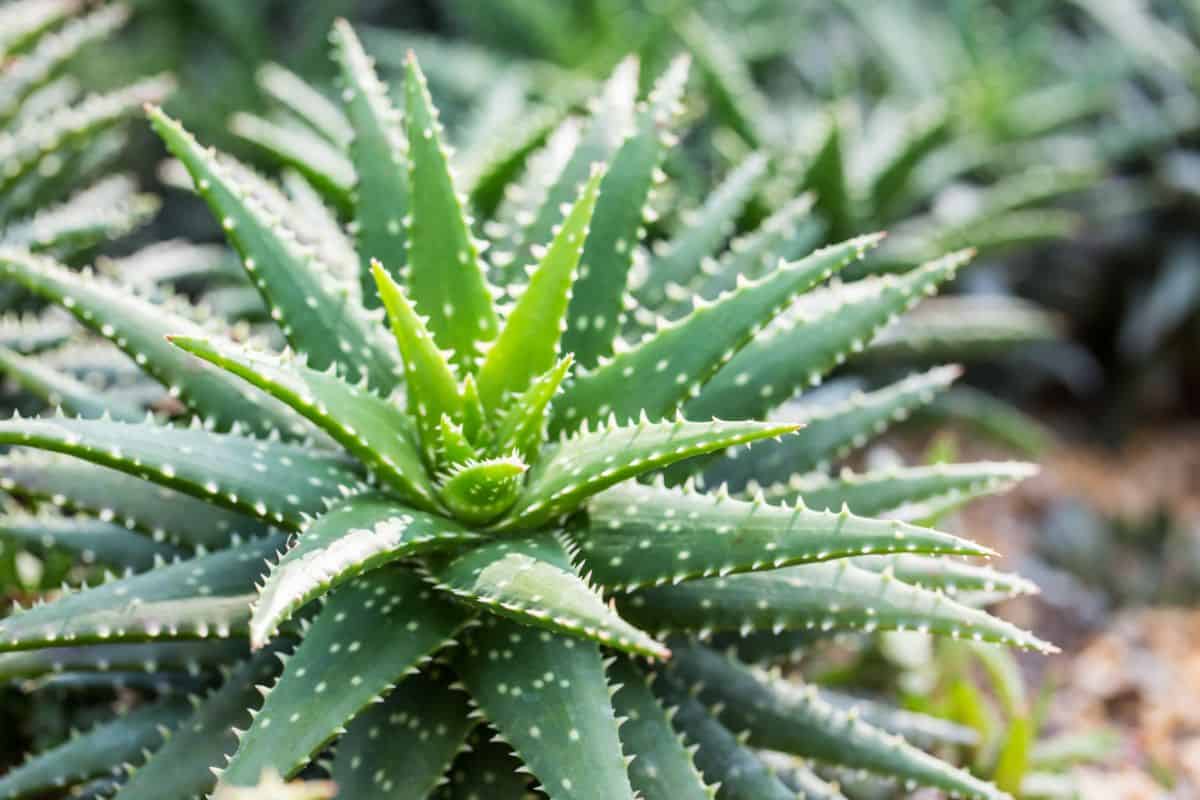
Indoor plants are more than just a decorative touch—they are living companions that breathe life into your space, offering a serene blend of beauty, health benefits, and tranquility. Whether you’re curating a cozy corner to unwind with a book, seeking to boost productivity in your home office, or simply yearning for a deeper connection with nature, indoor plants have the power to elevate your living environment. Their air-purifying qualities, combined with their ability to reduce stress and enhance the aesthetic appeal of any room, make them essential elements in creating a sanctuary of peace and inspiration.
Caring for indoor plants doesn’t require a green thumb—just a bit of mindfulness. Regular watering, gentle repotting, and a moment in the sun are enough to keep your leafy friends thriving. Even if your home lacks abundant sunlight, there are low-light plants that can flourish in dim corners, bringing nature’s tranquility into your space. These resilient plants will repay your care with lush foliage, vibrant energy, and an overall sense of well-being.
So, are you ready to invite nature into your home? Happy planting!
With inputs from agencies
Image Source: Multiple agencies
© Copyright 2024. All Rights Reserved Powered by Vygr Media.






















